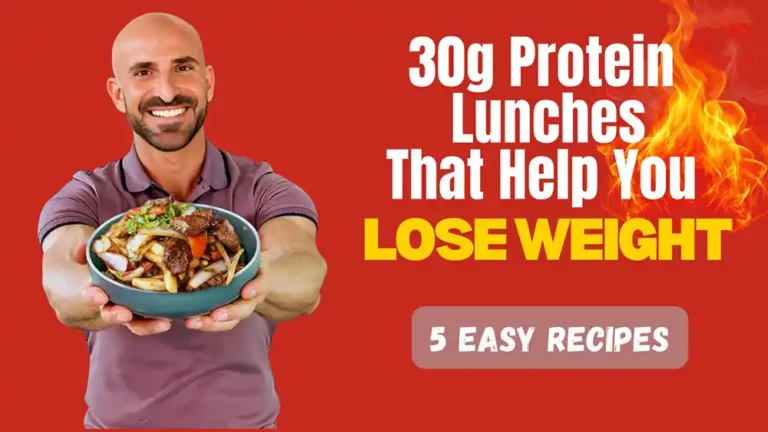
Crunches, sit-ups and all the other various ab machines around the gym are great for strengthening the core which is important for every individual, but you can do all of these exercises until you drop: they alone won’t give you a flat belly. So what will? Proper nutrition, of course, but physical activity is also key. And it’s well-known in fitness that cardio is particularly effective at blasting fat. So which type of cardio is best to maximize calorie burn and melt belly fat?
The basic laws of metabolism and exercise say that, the longer and more intense exercise is, your body switches from burning fat to burning glycogen, or the stored sugars in your body. However, high intensity interval training (or HIIT) can help you overcome this phenomenon. There are numerous studies that show that short, but intense exercise burns more body fat than moderate-low intensity exercise over a longer duration, or steady-state cardio. Also, the “afterburn” (or calories you burn after exercise) is doubled with HIIT than with steady-state cardio. Finally, research has shown that HIIT, when done 3 times per week, was found to improve insulin resistance and reduce “stubborn” fat in the legs and abdomen in both lean and overweight women. This included the dangerous visceral fat that causes inflammation in the body and is the culprit of many chronic diseases.
Incorporating HIIT into your exercise routine doesn’t have to be daunting or complicated. Doing plyometric and powerful movements such as box jumps, jump squats, or medicine ball throws are all excellent due to the use of your biggest muscle groups (located in the legs) which expend the most energy. This is why leg day is so miserable for most people. However, the simplest and least technical way to perform high intensity interval training is by using the treadmill, stairclimber or the elliptical. Work out at a comfortable pace for about 2 minutes, turn up the intensity to almost your maximum rate of exertion for two minutes and alternate. Another fantastic benefit to HIIT is that you get cardio conditioning which makes your heart more efficient. Basically, you don’t get nearly as winded going up that flight of stairs at work anymore.
The bottom line? High intensity interval training is the recommended form of cardio if cardio is your activity of choice in the gym rather than steadily striding away on the treadmill of the elliptical. Engaging in 30-60 minutes of HIIT for a minimum of 3 times a week is a strong recommendation. Incorporating weight training at least twice a week is also an excellent way to ramp up your metabolism to burn belly fat. As a final note, cardio will help you to burn fat, but remember: Exercise can’t burn off bad eating habits. If you are not eating healthful foods or in a calorie deficit, neither fat nor weight loss will occur, no matter how hard you’re working in the gym.
To read much more about fitness and sports nutrition, visit Destini’s blog, The Athlete’s Dietitian.





